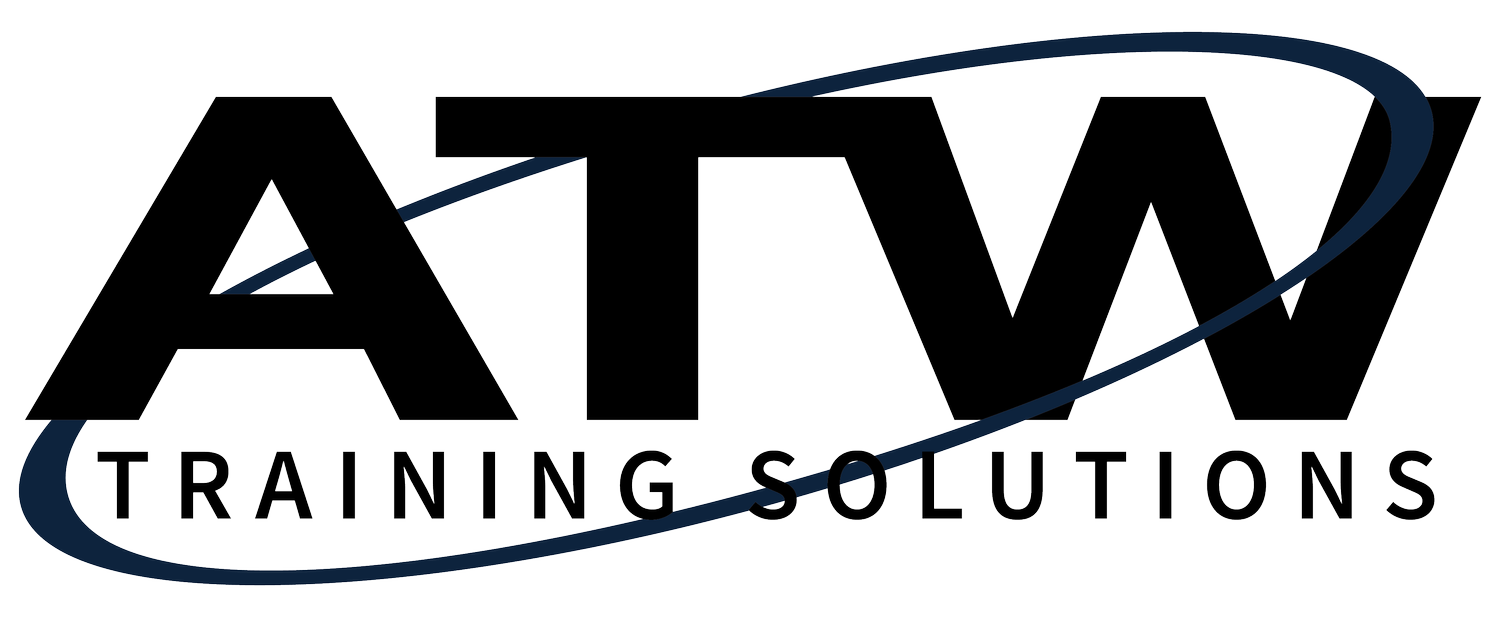Leading Accountability—Take Ownership
Helping people take ownership means gaining their agreement to accomplish a desired end result or outcome. You may have heard the phrase, "we need to begin with the end in mind." This means focusing on what needs to be accomplished. Now that can be particularly challenging when the outcome is a moving target or we don't have all the details. Only when people have committed to achieve something that they're clear on and understand the importance of in their day-to-day responsibilities will they be all in and fully accountable.
The language associated with taking ownership is framed with "I" statements, what I agree to do, rather than the collective language of "we should do" or "they should do" or "someone else should do."
You can lead this step of the accountability model, that of taking ownership, in a number of ways. These could include show that you are personally invested in the result. Set the example of taking ownership. For instance, as your team works on a project, assure that you own your role as champion or sponsor. Let the team know in what ways that they can count on you.
Help each team member be personally invested in the result. Assure that each understands how their role contributes to success. For example, spend project meeting time discussing roles, what they're responsible for, and how you depend upon them. Explain clearly both what needs to be done and why it is important. Help your employee understand the end results needed and why those results are important. Provide ongoing feedback and coaching to help people be successful.
Feedback is at the heart of the accountability model. You can expect your employee to be successful in a vacuum. Your role in providing feedback is essential, but also help your team learn how to give feedback and accept feedback from each other. We encourage the SBI model for giving feedback. Teach it to your team. It works when reinforcing what peers see going well and what they'd like to see improved.SBI stands for situation, behavior, impact, and all parts of the message needed when providing feedback. Situation defines the where and when. It puts the feedback into context and gives a specific setting as a reference. B is for behavior. This is where peers describe the specific behaviors that they observed. What did they see? You'll need to encourage them to avoid judgment and assumptions. The I stands for impact. State why what they've observed is important.
Now, if I could provide you with only three tips for receiving feedback, the first one would be, encourage your team to assume positive intent when they receive feedback from a peer. Secondly, encourage them to be curious. Ask questions for clarity. And thirdly, thank them. It takes courage to provide genuine feedback.The late comedian George Burns said, "no snowflake in the avalanche ever feels responsible." Make sure this doesn't happen on your team. Help everyone be accountable by taking full ownership.
